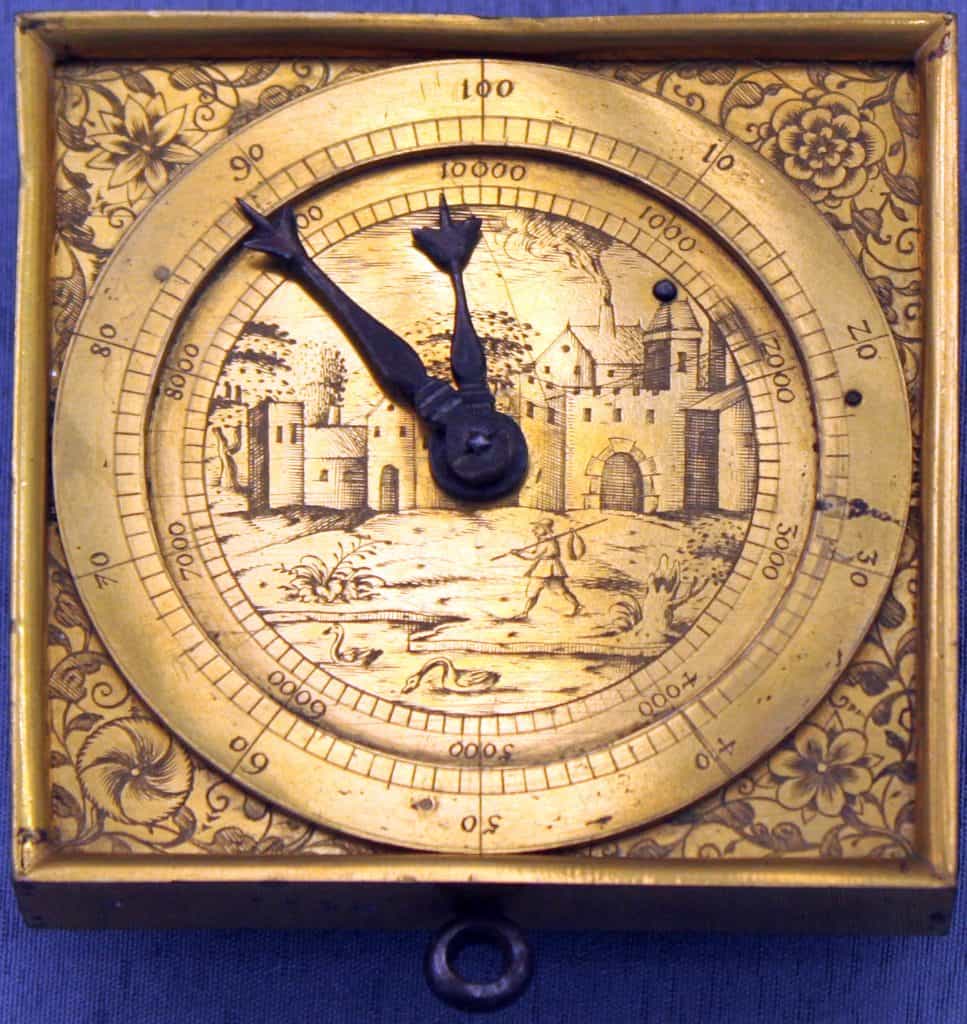What is a pedometer, and how does one work?
A pedometer is a relatively simple device. Pedometers are devices that are portable and electronic, mechanical, or electromechanical and count each step a person takes by detecting the motion of the user’s hands or hips. They can be a simple mechanical device that just counts steps or as complex as the modern sports watch or wearable that has many other functions in addition to exercise.
How does a pedometer work?
Measuring the distance you walk is a difficult task indeed. If you imagine the complexity of the task, you will quickly see what I mean. Each person that uses a pedometer has a different stride length, and pace, and impacts the ground with a different force; A pedometer has to measure the steps of a jog, run, or walk. Each activity adds complexity to the step count. The device does not consider the difficulty of measuring steps when your body tilts going up and down stairs or the tilt to the pedometer that occurs when placed on the belt of more obese users.

Pedometers of the past have been simple as a piston that moved up and down to count each step or a button the user hits with each step (Figure 1). All pedometers work the same way. They simply count steps. If they do report distance or calories, they use simple mathematics to calculate each. It is not rocket science, but it does take some ingenuity to have a semblance of accuracy. That being said, they do vary in the degree of precision that the devices achieve. None are perfect.
Distance walking is a very simple calculation. Distance is determined by your stride length, which is either manually entered or calculated. Simply, distance is equal to the number of steps walked multiplied by the stride length. For example, if your stride is 3 feet and you walk 3000 steps, you will walk 9000 feet in 3000 steps. One mile is 5280 feet, so you just walked 1.7 miles. It is that simple.
Calories burned is not as simple. It required activity, age, pace, weight, gender, and height to be accurate. A less precise estimate can be based upon a walker’s weight and step count, but I would avoid them because they can vary by as much as 40%. There are plenty of calculators online to calculate this, and I would use one. This example online calculator for calories is more accurate.

What are the different types of pedometers?
- Mechanical Pedometers
- Early pedometers were entirely mechanical. I remember my first pedometer was a simple little yellow step counter that I purchased in the 1980s while in college. It had five little dials and a reset button and simply measured steps, and it could count up to 99,999 steps. The manual had a list of formulas to calculate distance and calories.
- Mechanical pedometers work a bit like pendulum clocks or a piston. As the pendulum rocks back and forth or the piston goes up and down, a small lever takes count, and a gear wheel advances the step count by one position. The pedometer 0-9 step counter wheel is very similar to the second hand on a watch.
- The pedometer is placed on your belt. The pedometer measures the up and down movement or the tilt of your body as you walk and count it as a “step”. Assuming each step is the same length, we need to do is count the number of steps we take in a day. The pedometer or user can then multiply the number of steps by the length of each one to figure out the overall distance walked. This is how a mechanical pedometer works.
- The Cons to this system are that it can be less accurate in users whose waistline creates a tilt to the pedometer, and it requires some calculation to figure distance.
- True mechanical pedometers are rare in today’s society. You can still find them, but you have to search a little.
- Electronic Pedometers
- More complex pedometers and wearables work similarly but are electronic. Many of them contain accelerometers that are in multiple planes so they can overcome the waist tilt weakness of the mechanical counters. As you take a step, the accelerometer feels the movement of the step. Because they are accelerometer-based step sensors, these pedometers can often be mounted to a wrist, ankle, or waist.
- The pedometers have an LCD screen to display step counts and the other counts that it measures or calculates. Most will convert the step count to an approximate distance in miles or kilometers.
- Many allow you to download data to the computer to track them over time.
- Many self calibrate your stride length.
- Cons: expense.
- Electromechanical Pedometers
- These modern pedometers are a combination of the first two types. They contain a mechanical pendulum or piston and lever system similar to the Mechanical Pedometer, but it does so with an electronic counter.
- Because of the mechanical means, it has the same weakness in those with a waist tilt, but it does overcome the distance and calorie calculation because they often calculate them for you.
- It often requires calibration to accurately show distance and calories with any accuracy.
Suggestions: If all you need to count is steps, go with a mechanical or electromechanical. They are cheap and will accurately measure steps with a little care. If you want the bells and whistles of calories and distance, wear a fitness tracking watch. Because the distance of each user’s stride varies, calibration is required for the distance covered to be accurate. Some require the user to calibrate the stride length, and others use GPS and software to calibrate themselves automatically.
How accurate is a pedometer?
Counting steps with a pedometer are not all that complicated and do not require a Ph.D. in mathematics, but you must remember that it is only an estimate. Not every step we take is the same length. Not all steps will be counted, and some other movements might be counted as steps. Even though it is not 100% accurate, over time, it is a fair representation of someone’s activity. Sure, you can overestimate the count by using a hand bike or another repetitive movement that might be miscounted as a step.
Some pedometers are more accurate than others. One I have tested works better when you do short movements around the home. Others do not start measuring until you take x number of steps. I would guess that they are all within 10% of one another. The key point is that you need to use it as a tool for motivation to exercise more.
I will post some reviews and recommendations after I test a few. The basics are a pedometer is nothing more than Apple Watch or FitBit. More to come.







Be the first to comment on "Pedometers: Part 1: What is a Pedometer?"